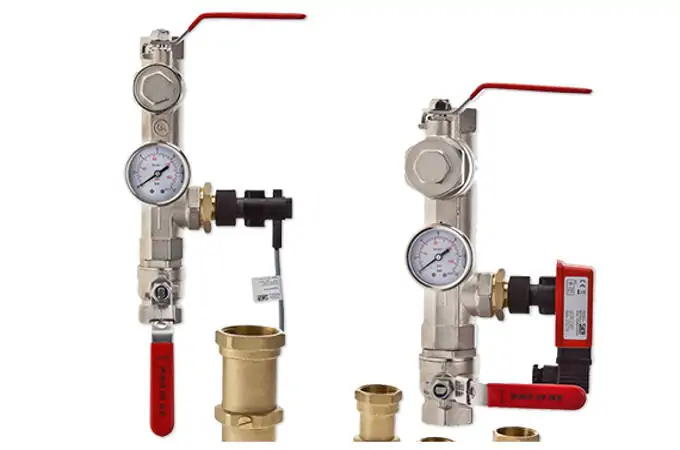 Add My Company
Add My Company

Fire sprinkler systems serve as vital safeguards in numerous buildings across the UK, ensuring fire protection. Within these systems, valves hold a pivotal role in regulating water flow and maintaining adequate pressure. Yet, over time, fire sprinkler valve problems can arise, impeding their proper opening, closing, or sealing.
Such issues lead to pressure loss, leaks, or failure during activation. Recognizing common valve problems and their solutions empowers building owners to swiftly restore functionality. This preemptive approach avoids future costly repairs and, importantly, ensures the system operates seamlessly in fire emergencies.
Proactive Inspection and Maintenance
Vital to this process is proactive inspection and maintenance, enabling the identification of potential valve problems before they compromise the system. Familiarity with available solutions ensures effective resolution.
Corrosion and Mineral
Buildup Among the most prevalent issues with fire sprinkler valves is corrosion and mineral buildup. This arises from stagnant water within the system's piping and valves. Over time, this water accumulates mineral deposits and inner valve components corrode.
Stagnant water lacks the flow required to eliminate these deposits. Consequently, corrosion and minerals can obstruct proper valve opening or sealing. Corroded valves might partially open, hindering necessary water flow. Moreover, compromised sealing leads to leaks even when the valve is shut.
Addressing this issue involves two primary solutions:
- Regular flushing of sprinkler valves and the system clears stagnant water and prevents substantial deposits.
- Applying coatings and linings to the interior of pipes and valves forms a protective barrier between water and metal.
By implementing proper flushing and anticorrosive measures, corrosion and mineral buildup can be averted, ensuring valves function optimally.
Frozen Valves
Freezing due to exposure to cold temperatures is a common concern for fire sprinkler valves in the UK, especially in unheated areas.
Solutions to prevent frozen valves include:
- Insulating valves and nearby piping to maintain warmth.
- Maintaining indoor temperatures of at least 4°C in unheated spaces to avoid freezing.
- Adding glycol to the water in the sprinkler system lowers its freezing point, minimizing the risk of freezing.
Leaking Valves
Leakage from fire sprinkler valves often arises from damage to internal components meant to ensure a watertight seal. Deterioration of rubber gaskets or breakdown of metal valve seats are usual culprits.
Solving leaking valves involves replacing damaged or worn-out internal components. This typically entails shutting off the system, disassembling the valve, inspecting and replacing faulty rubber or metal sealing parts, and reassembling the valve.
Jammed Valves
Valves can become jammed and fail to open due to rust, mineral scale, or debris accumulation. This commonly occurs when water flow leaves behind rust particles and deposits on valve components.
To address jammed valves:
- Clean and lubricate internal valve components to restore operation.
- Disassemble the valve to access and clean the disc and seat, removing rust or scale.
- Lubricate parts to prevent friction and sticking.
Partnering with Experts Fire sprinkler valves are crucial components prone to various problems over time. Regular inspection, maintenance, and timely repairs are essential to prevent valve failure. Collaborating with specialists like Applications Engineering guarantees optimal valve condition. For expert evaluation of your fire protection valves or assistance with necessary repairs, contact the proficient team at Applications Engineering today.
For more information on Common Problems and Solutions for Fire Sprinkler Valves talk to Applications Engineering Limited

